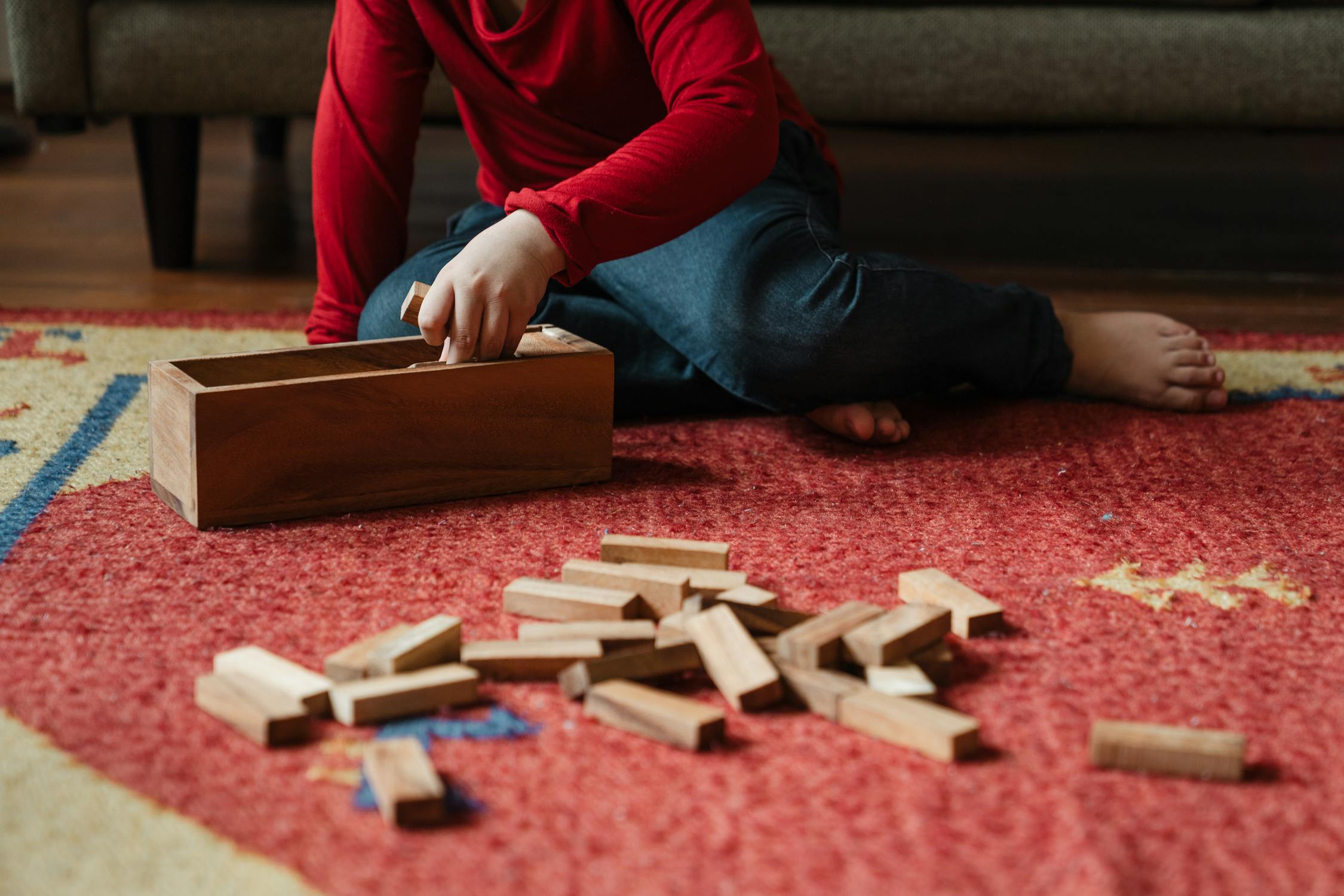Amazon Holiday Toy List
Cheap Discount Toys Online (Valid until Friday 10/08/2021)
Are Jenga Blocks different sizes or the same size?
Jenga is played with 54 wooden blocks. The size of each block is three times as long as it is wide, and one fifth as thick as its length 1.5 cm × 2.5 cm × 7.5 cm.
It’s a Yes and No answer to this question.
Yes, they have the same size, and no, even if they look alike each Jenga blocks have subtle differences in dimensions to make their construction less stable. Each block is a different size and weight so no two games are alike.
How could this happen that no blocks are alike?
Even if the dimensions of each block were the same, but the weight varied, the weight would not be evenly distributed throughout the tower. That follows that the blocks are not all the same.
They all have the same length, but they differ in height, weight, and width. That's why they all don't stick together, as would happen if they were all the same size.
Of course, there is only one size block is manufactured but there are factors that made them slightly different like the machines that cut the wood have certain tolerances that are probably in 10s or 100s of microns that it’s impossible to get a perfect cut.
Even if you could, the wood surface isn't uniform or are all flat anyway. The ridges of the grain are very deep, as can be seen in this scanning electron microscope images. Finishing the wood would make some of these differences disappear, but even that wouldn't be perfect.
Jenga blocks aren't identical at all so no two games will ever be alike. Even its inventor itself, Leslie Scott said that it’s important that the blocks varied. I got the impression that there were loose tolerances, not that a set number of blocks were a set amount smaller and another set number was a set amount larger.
The trick is that the blocks are slightly different in their thicknesses. Another reason is that woods are imperfect and it’s perfect for the game because it would allow the gaps between blocks to happen that make the game more fun.
Woods are not perfectly straight, they could have a slant in them, they absorb moisture too so the weights can also vary, and they can reduce the friction when sliding the blocks out.
After Thoughts
Jenga is a popular game for parties, barbecues, get-togethers as well as for bonding with family and friends.
It’s very remarkable to know that his simple game has its twist and it lies in all the wooden blocks. Although they were measured to be the same, they all came out different and that’s the key to the excitement that Jenga brings.
Those blocks could be tricky and sneaky since each piece has its quality and own characteristic in its size, thickness, and surface.
Each game is worth looking forward to since you don’t know how it’s going to be!
You can find Jenga blocks on Amazon.
Related Articles:
|
|
||||
| Copyright © HappyGiftsForKids 2021. All Rights Reserved. | Powered by Echofavor |


